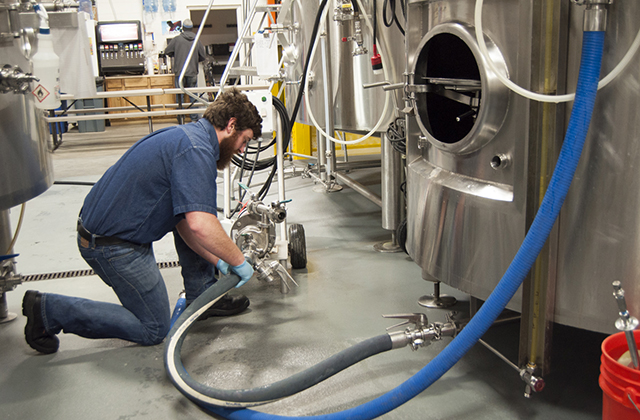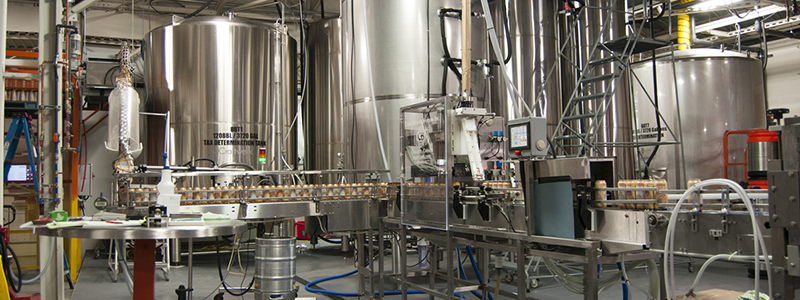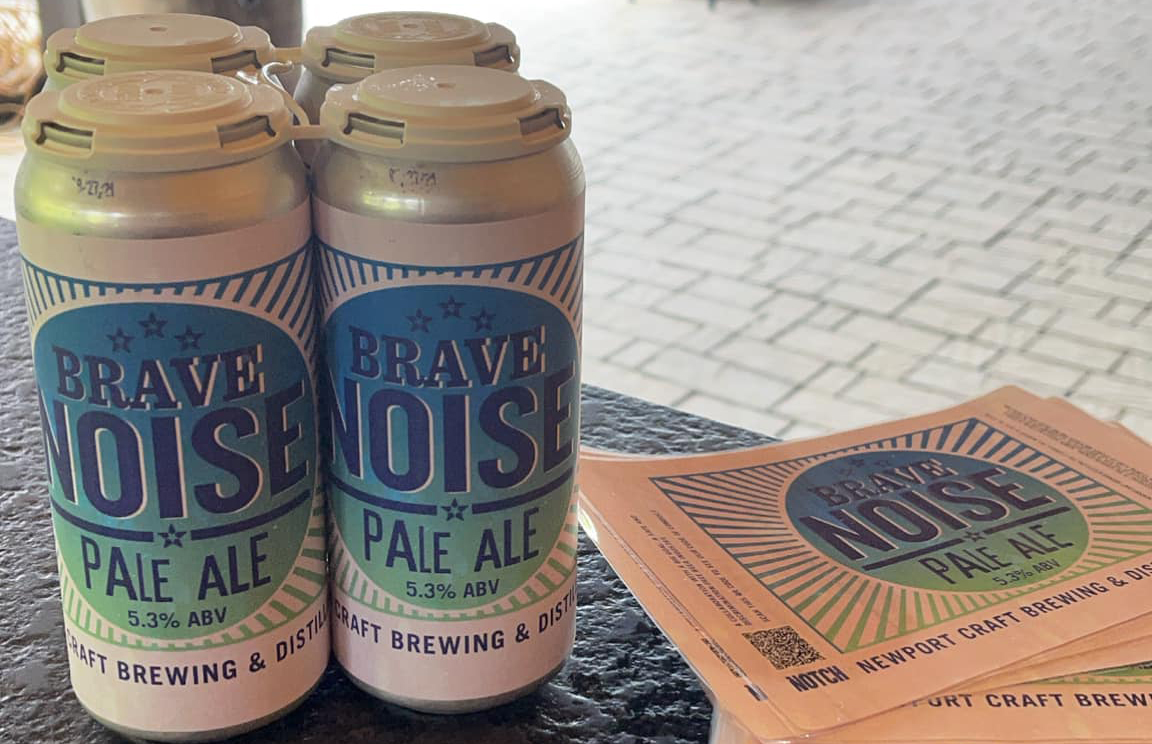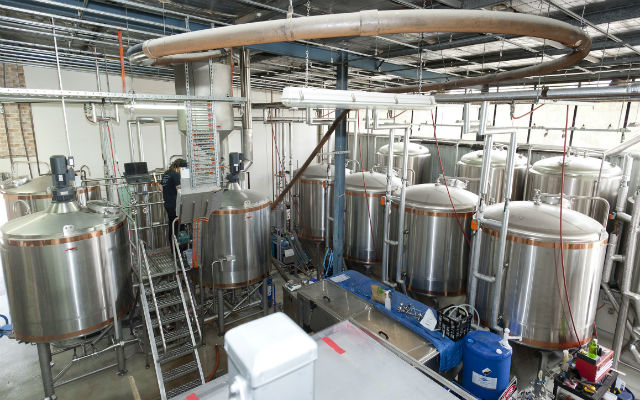
Sometimes best practices still end in disaster.
Losing money, but saving face and still being known for quality is what strives breweries to do what can sometimes be a hard choice: dumping a large batch of beer.
“Quality has always been important, but it’s even more important in the current crowded market,” said Smuttynose’s JT Thompson, who said in 10 years with the company, he has seen one batch of beer be dumped, and that was due to a loss of power during an ice storm in New Hampshire in 2008. A batch of wort was originally planned to be blended with a similar soured batch to create a kettle-soured Berliner Weisse-styled wheat beer didn’t plan out.
“The discussion was very brief,” he recalled. “High temperature fermentations with Hefeweizen yeast do nothing good for beer. Even considering the Hefe yeast portion as a blending beer was a non-starter. You just can’t ignore fusel alcohols in quantities that high.
“There wasn’t much to say; connect a hose, put the other end towards a drain, crack the valve and walk away.”
Indianapolis’ Sun King says quality means you lose a batch, or even a pallet of product, if it means not losing your reputation.

“There was one time where we had to dispose of 300 cases of cans because every third can had a seaming issue,” explained Sun King head brewer and co-founder Dave Colt. “We did not want to take the chance of putting in an inferior beer into the market.”
So what can you learn from a bad batch of beer?
“If you have any holes in your best practices, it will allow you to improve your quality, procedures, and all-around best practices,” Colt said.
Thompson said at Smuttynose, the decision to dump was done by the Director of Brewing Operations and confirmed with ownership.
“I suppose it saved money in the long run, but the decision was grounded in quality and reputation,” Thompson said. “You don’t gain anything by putting out an inferior product, especially when you’re releasing something new.”
Colt pointed out that serving bad beer once to the public can have financial and reputable consequences.
“If you serve people bad beer once, they are going to be reluctant to purchase your beer again,” he said. “When there’s an anomaly and it doesn’t meet quality standards, it must go.”
If a brewery has the talent and time to review what happened, it will be able to improve its processes said Thompson, “so you don’t make the same mistakes that results in future loss of beer.
“Raw materials for brewing aren’t necessarily the most expensive items in the world, but they add up fast if you keep making mistakes,” he added. “If you’re operating under a plan of continual improvement, you’ll be in good shape.”
So can any good come from a bad beer?
Most likely no, but for Smuttynose, even the ice storm that killed the momentum on it’s “Short Weisse” beer in 2008 did lead to the soured wort eventually coming around to fruition and eventually became a 2009 release called “Strawberry Short Weisse.”




Be the first to comment